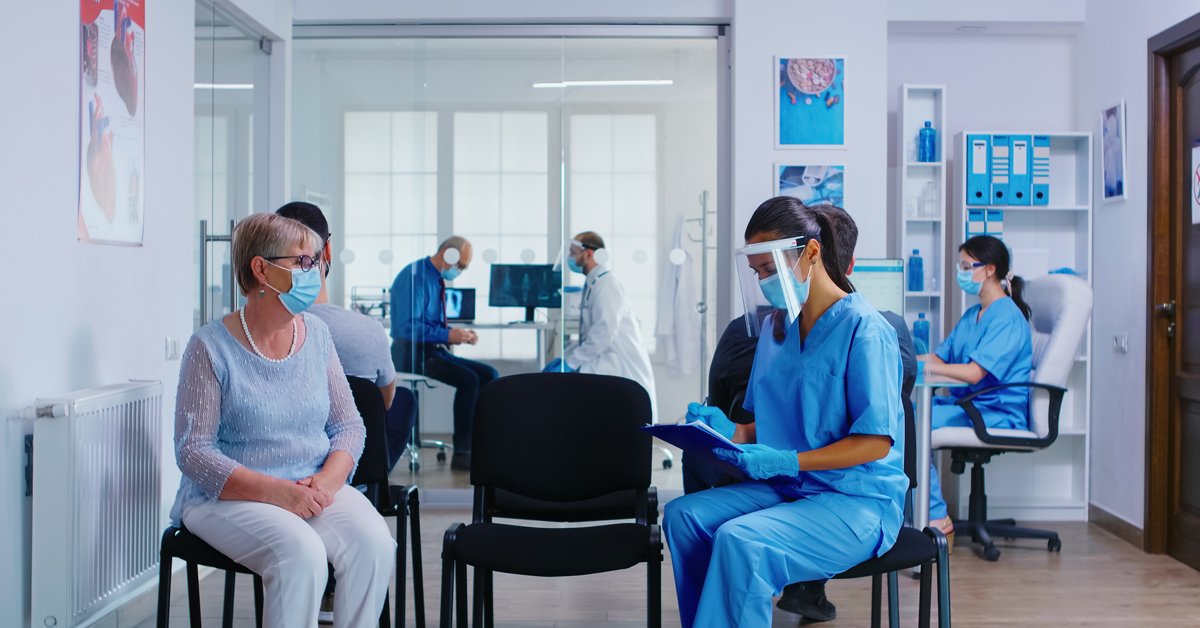Understanding the patient journey

Emily Dumas, LICW, MPH, Manager of Care Transitions at UAB, presented her health system’s findings from three case studies based on UAB patients’ use of and response to Emmi® patient engagement solutions (renamed UpToDate® Patient Engagement as of March 2024).
Dumas explained that health education and outreach has a significant influence on patient adherence. By doing things like suggesting questions to raise with their provider, offering gentle reminders to schedule preventive care, and taking some of the mystery out of the process of an upcoming procedure, engagement programs help secure a patient’s “buy-in” as well as that of their loved ones and caregivers. It can also help them gain a clearer understanding of their “self-care journey,” which can result in better wellness overall.
“We want the patient to think about why is this good for me? Why are they sending this to me?” she said. “We don’t want them to feel overwhelmed.”
Partnering with patients and closing gaps
UAB’s goal with its engagement programs is to “support, engage, activate, and ultimately partner with our patients,” Dumas said.
This is achieved through a multi-modal program featuring:
- Phone calls to collect information, schedule appointments, and close gaps in care
- Web-based programs to educate patients on conditions and procedures, support shared decision-making, and document educational pathways
- A combined phone/Web approach to monitor post-discharge progress, coach patients on self-management, and identify risk to reduce readmission and lessen future lengths of stay
- Program analytics to understand if engagement goals are being met
To illustrate the success of patient engagement strategies at UAB, Dumas discussed an issue the organization was having tracking flu vaccines: Since so many patients receive vaccinations outside of the hospital setting, it was difficult to maintain accurate records. In 2017, with over 54,000 patients showing incomplete flu shot records, UAB launched an outreach campaign to those patients. In less than three months, the health system had managed to update the vaccination status or get flu vaccines to over 13,000 of those patients. Dumas noted that the program continues annually and yields positive results.
She also detailed another outreach campaign launched for patients scheduled to have endoscopy or colonoscopy. Those who engaged with the programs to educate them on the procedures in advance had 75% lower cancellation rates than those who did not.
That educational outreach and engagement affected cancellations at that scale was “a very pleasant surprise,” Dumas told Shah.






